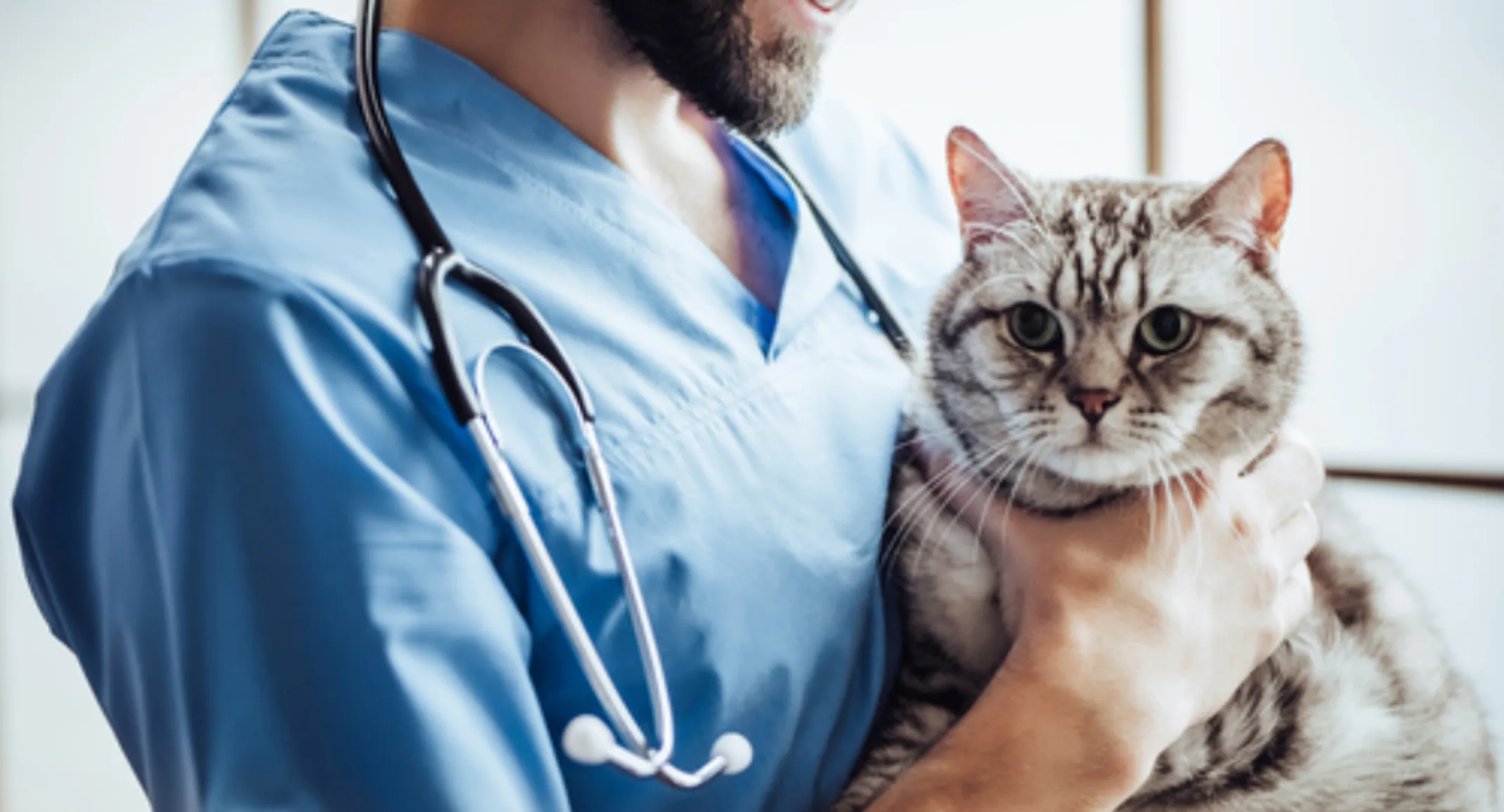Diabetes Awareness in Pets
Diseases and Viruses

Our more sedentary lifestyles and access to delectable, high-fat, and high-carbohydrate foods contribute to obesity, which is a major risk factor for developing diabetes, in humans, cats, and dogs.
Diabetes is the inability of the body to properly utilize glucose, the “blood sugar” derived from foods. An organ called the pancreas contains cells that produce the protein insulin, which is needed for cells to absorb and metabolize glucose. Cells in the pancreas can become insensitive to the signals which tell them to release insulin when needed; other cells in the body can become unable to respond to insulin when it is present. Too much glucose in the bloodstream can cause problems in the kidneys, eyes, skin, hair coat, and nervous system. When brain cells can’t access glucose, the animal can seem weak, and uncoordinated, can tremble or even collapse or have seizures.
How would you know if your pet had developed diabetes? One of the first symptoms noticed is excessive thirst and urination. Pets with excellent appetites but weight loss arouses suspicion for diabetes. If you see any of these signs in your pet, get it examined by your veterinarian promptly.
Diabetes is rarely curable but is a treatable disease. Proper diet and exercise are important players in treatment, but most dogs and cats will require injected insulin as well. The idea of injecting a pet terrifies many owners at first but generally within the first week it has become routine, and owners sometimes laugh at how worried they initially were. The first several weeks of treatment are usually the most intensive as we work to establish the ideal feeding schedule and insulin dosage.
Pets with diabetes can still live good quality lives with proper care. Avoiding obesity and other risk factors – long-term use of corticosteroids is one – may stave off the diagnosis of diabetes. Don’t delay getting your pet examined if showing any signs of diabetes or other illness. Let’s enjoy the holidays and the new year together in health, without overindulgence.

